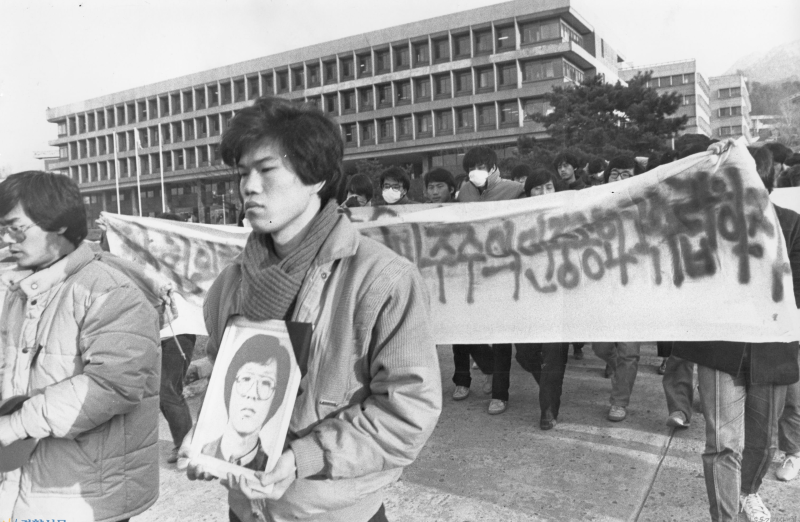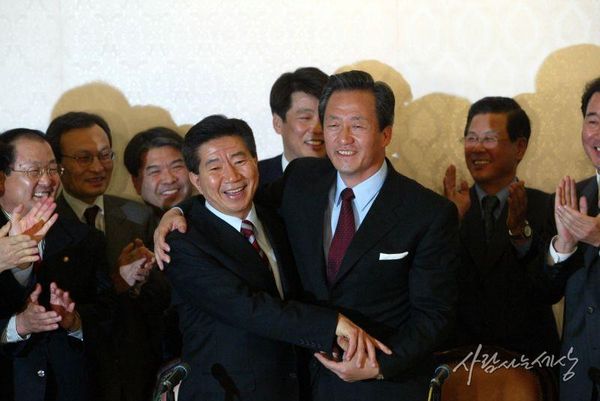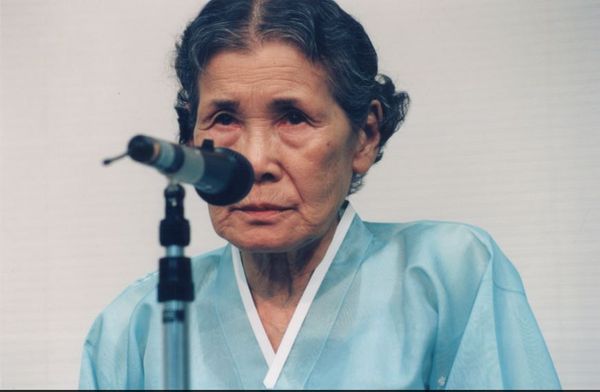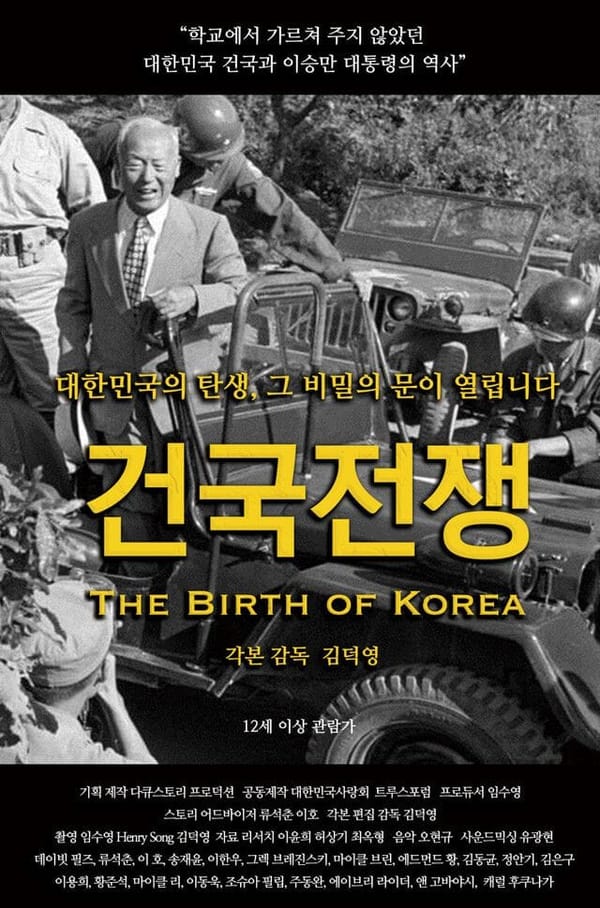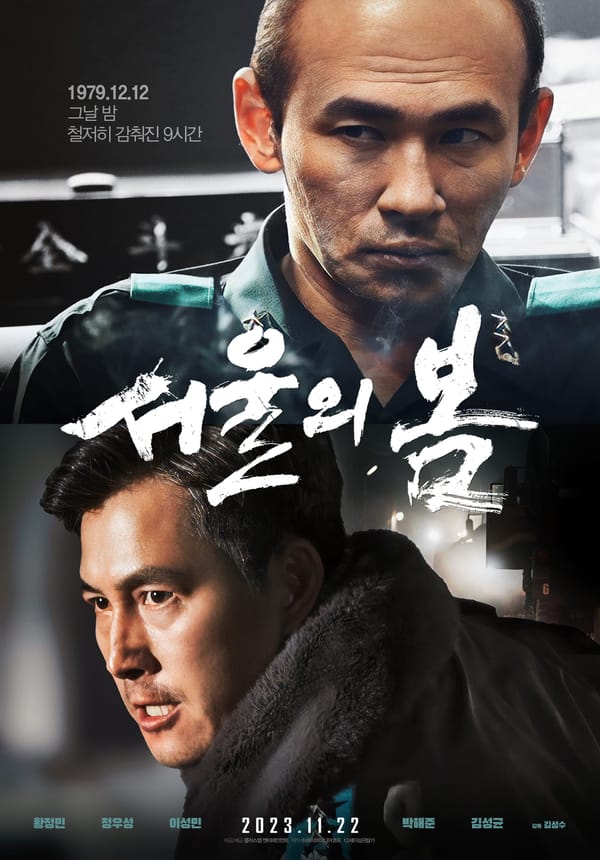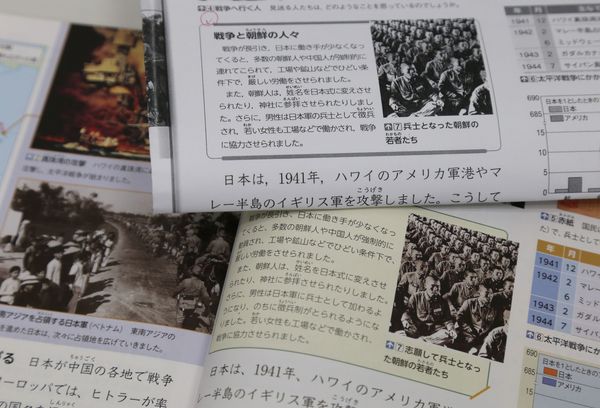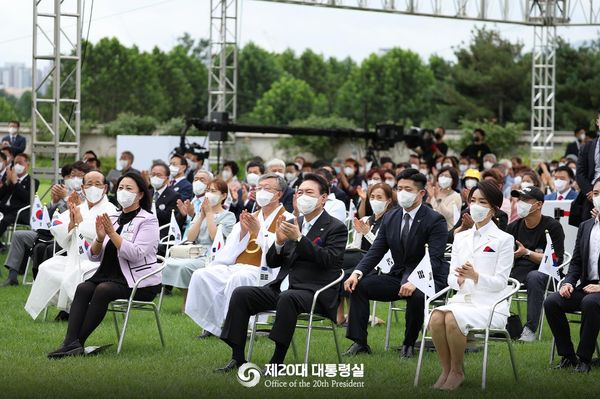Photo: Democracy protest and public funeral for Park Jong-cheol (in the held photo) at the Seoul National University, c. 1987. Credit: Park Jong-cheol Memorial Foundation.
On January 14, the Park Jong-cheol Memorial Foundation 박종철기념사업회 held a memorial service for the 34th anniversary of Park Jong-cheol 박종철’s death at the Democracy and Human Rights Memorial Hall 민주인권기념관 in Namyeong-dong, Seoul. 서울 남영동.
Park, who was 22 at the time of his death, was a Seoul National University 서울대학교 student who participated in street protests against the Chun Doo-hwan 전두환 dictatorship. After being arrested, Park died while being tortured at a black site of the Korean police’s Anti-Communism Division in Namyeong-dong 남영동 대공분실. The black site is now the Democracy and Human Rights Memorial Hall and museum, where the cell that was used for Park’s torture was reconstructed.
Although the Chun dictatorship attempted to hide the matter by burning Park’s body, journalist Shin Seong-ho 신성호 of JoongAng Ilbo 중앙일보 broke the news of Park’s torture death. The expose sparked a public outrage, which eventually developed into the June Struggle 6월 항쟁 in 1987 that toppled the Chun Doo-hwan dictatorship, beginning the democratic era in South Korean politics.


